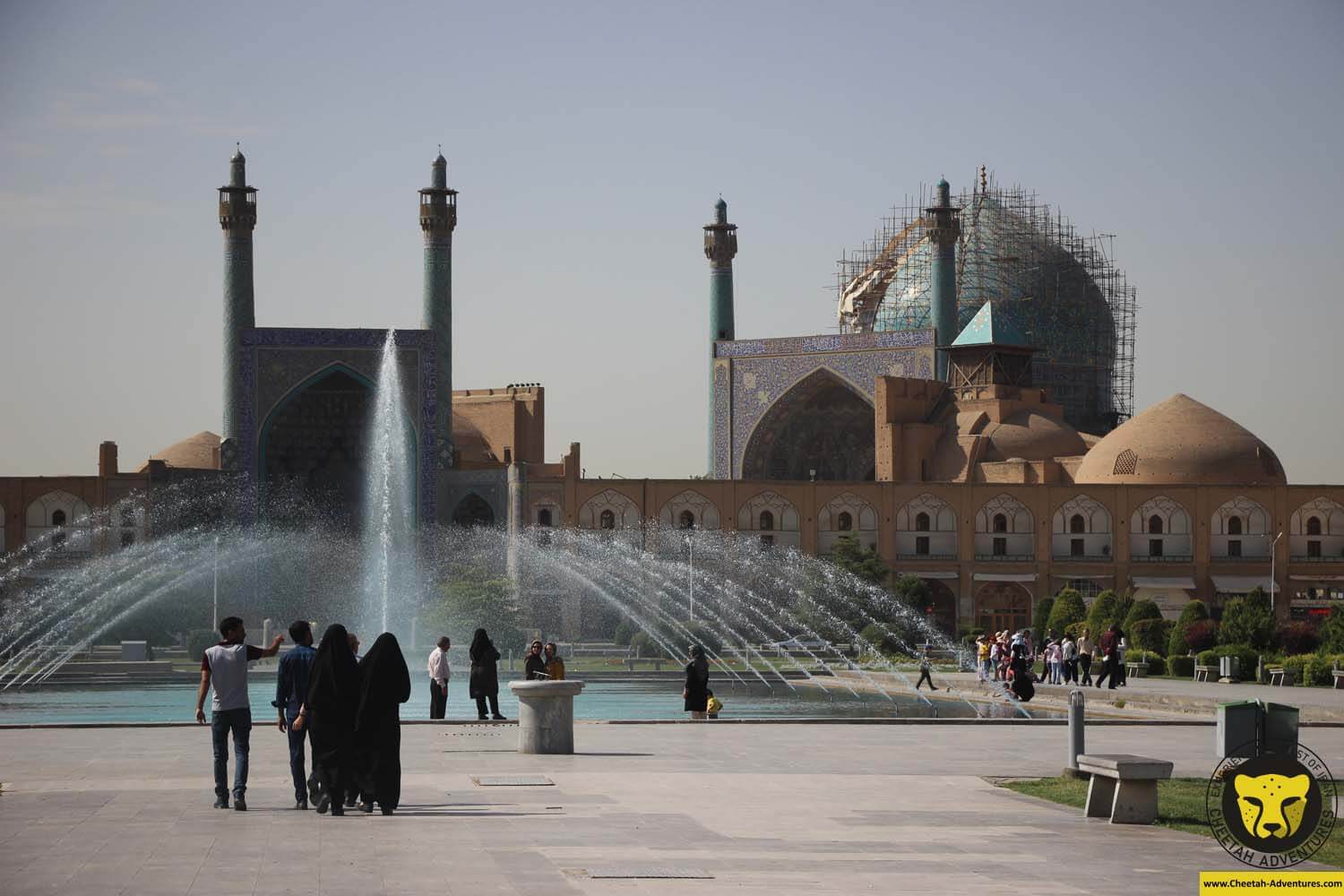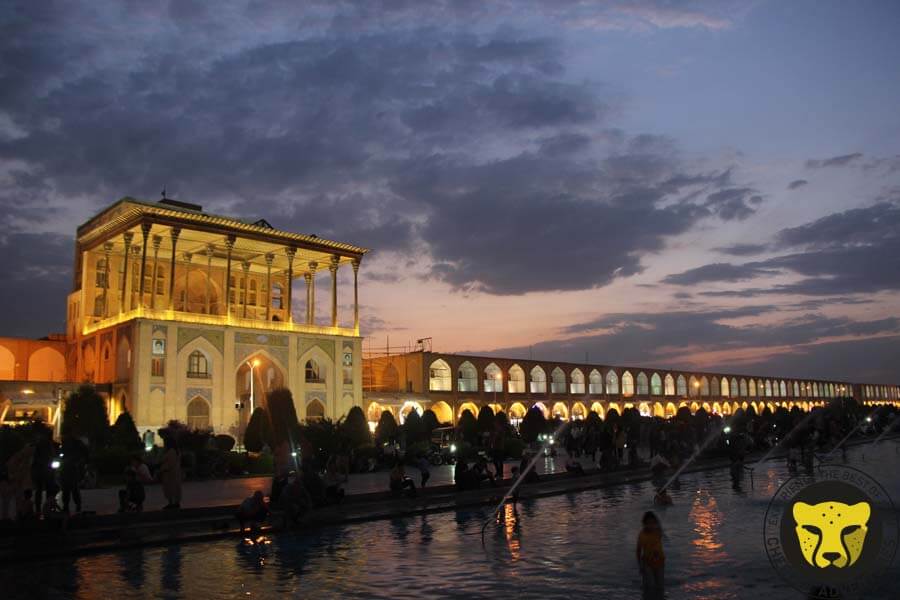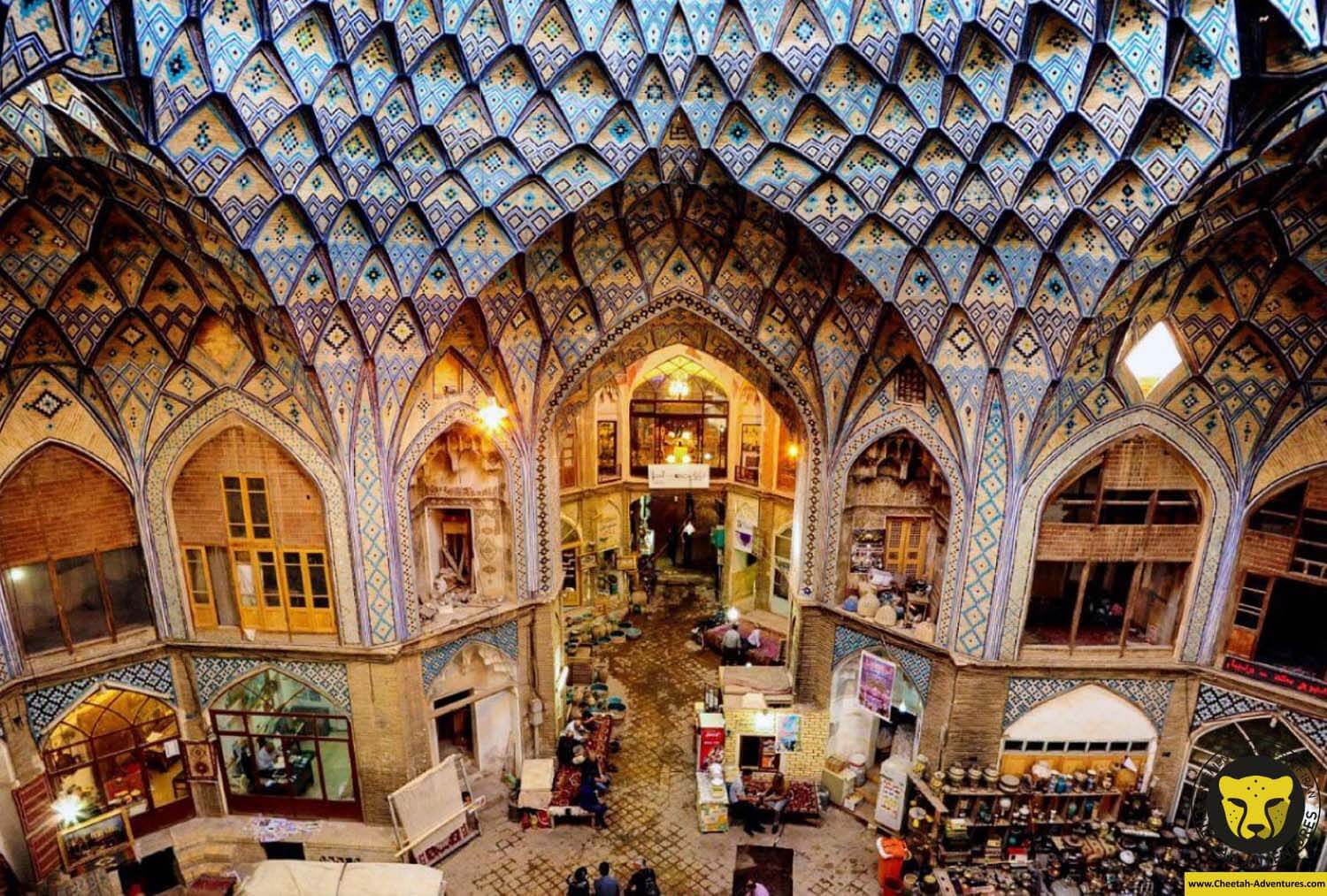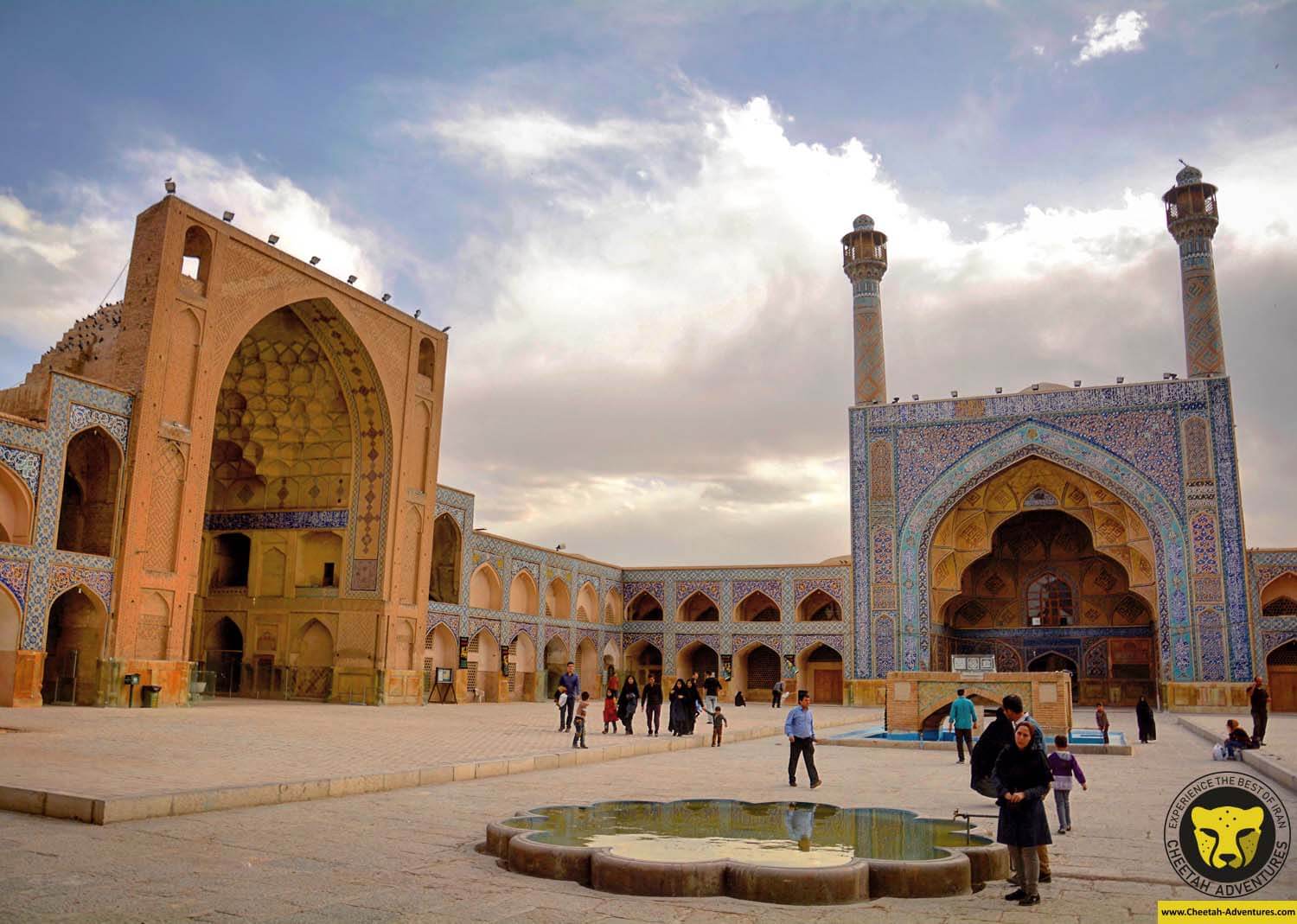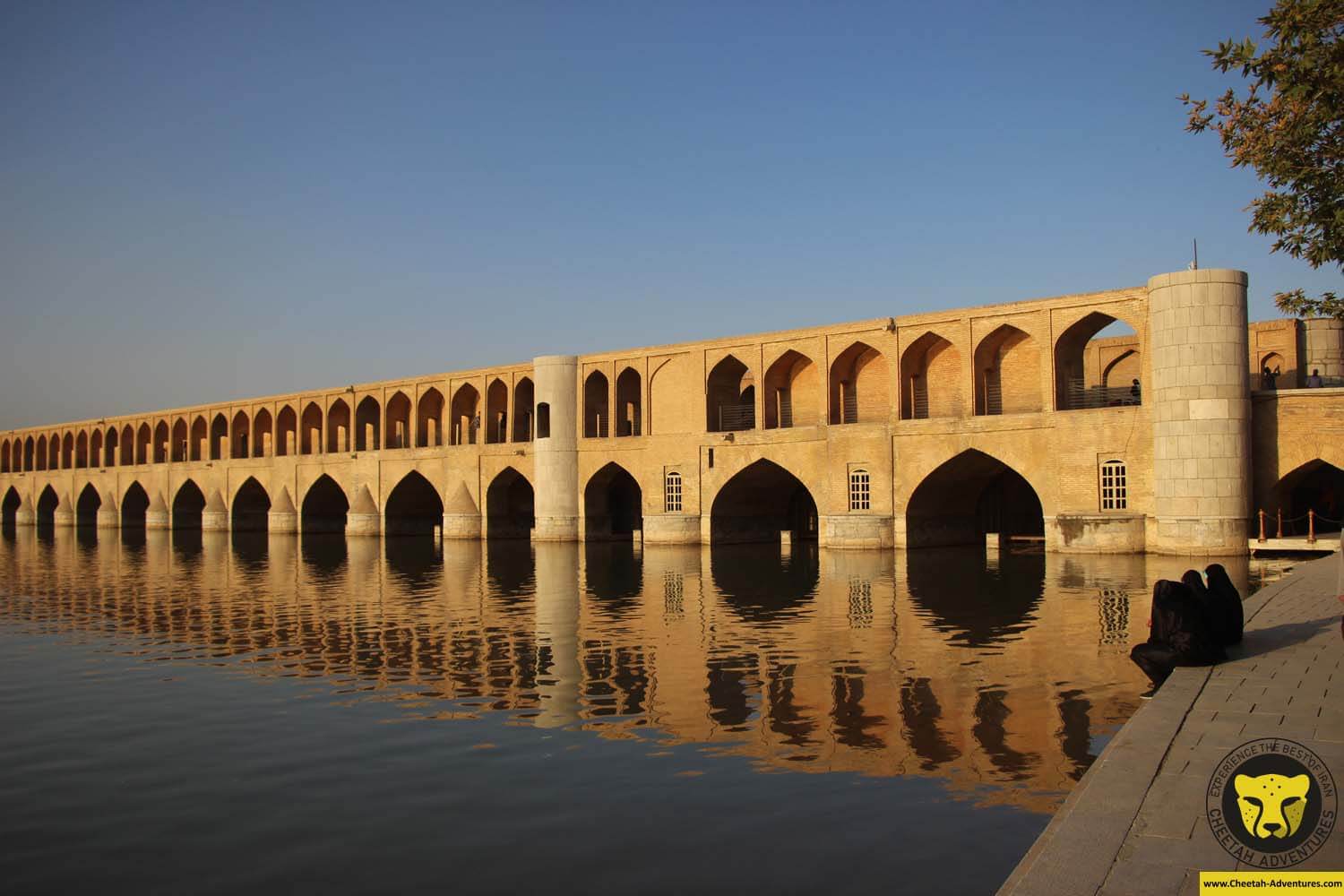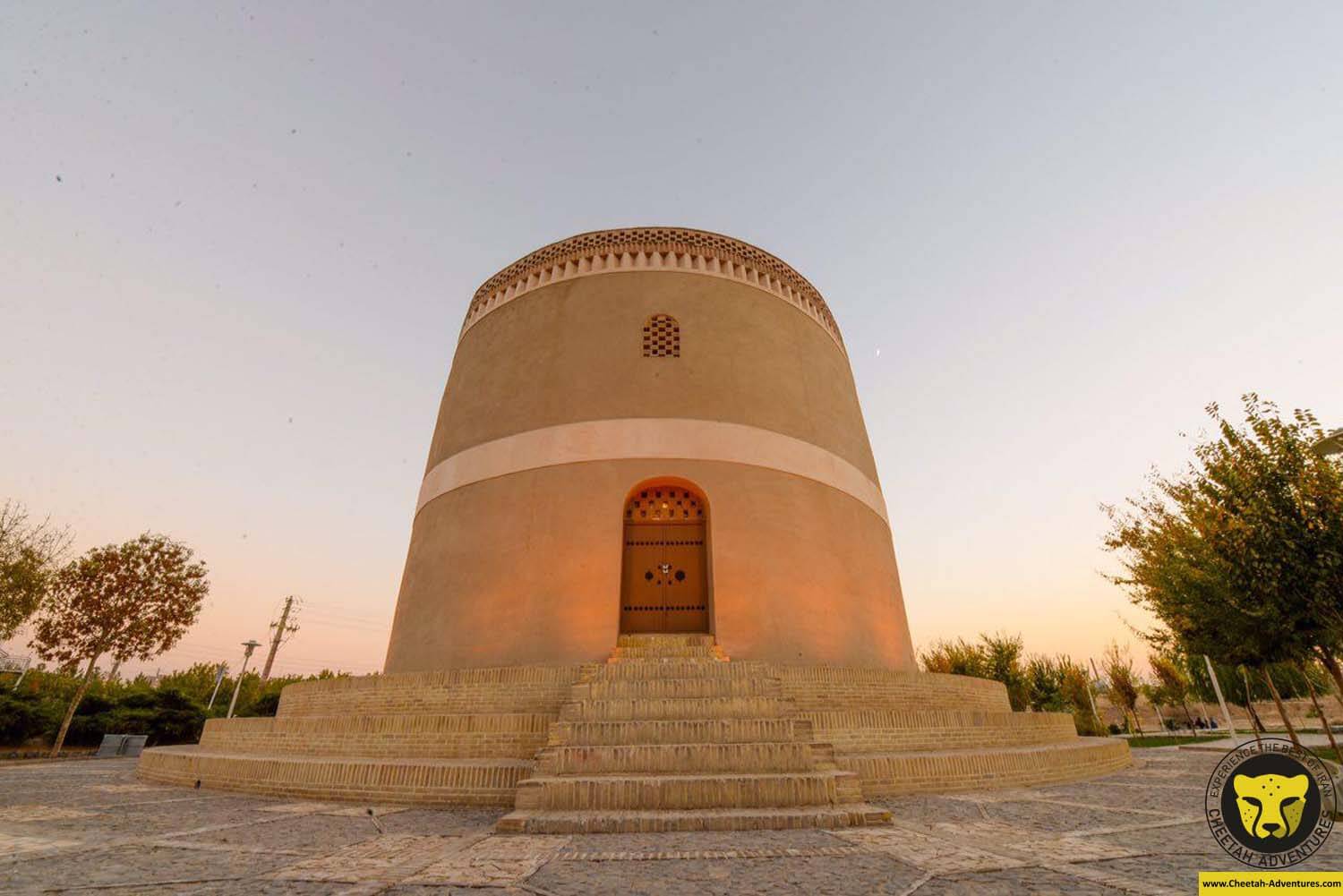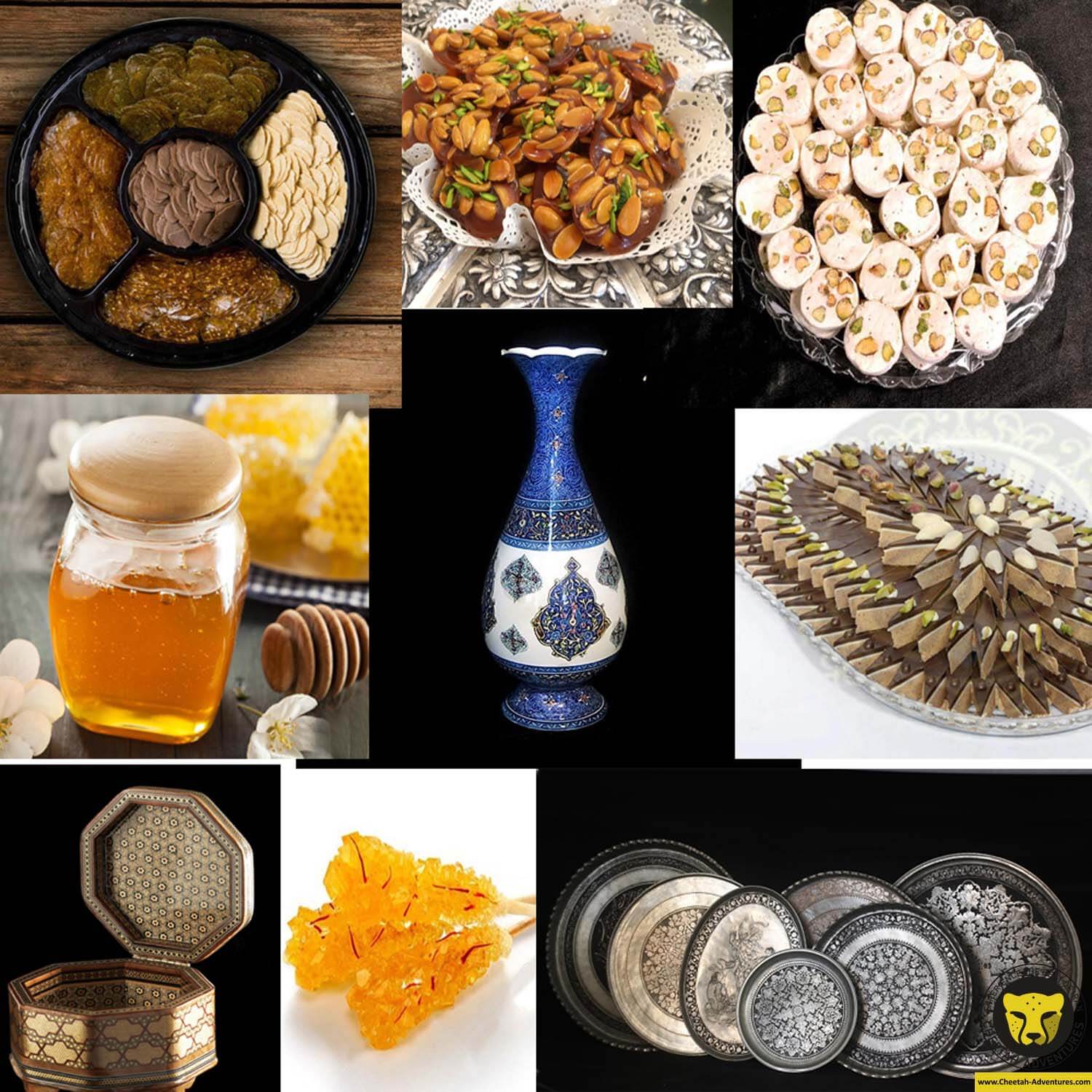Isfahan Travel Guide
Things to do in Isfahan, Activities, and Attractions
Isfahan is the first city that comes to mind when speaking of Iran. Isfahan is the third-largest city in Iran after Tehran and Mashhad and will give you a taste of modern life and the history of the country. Known as Nesf-e Jahan (meaning half of the world) by locals, Isfahan is the cultural capital of Iran. Isfahan is the birth place of many Iranian artworks and handicrafts as well. This city is surrounded by deserts such as Mesr desert and Varzaneh desert. The various types of activities available in Isfahan have made it one of the most popular destinations in Iran and many tourists’ favorite city.

